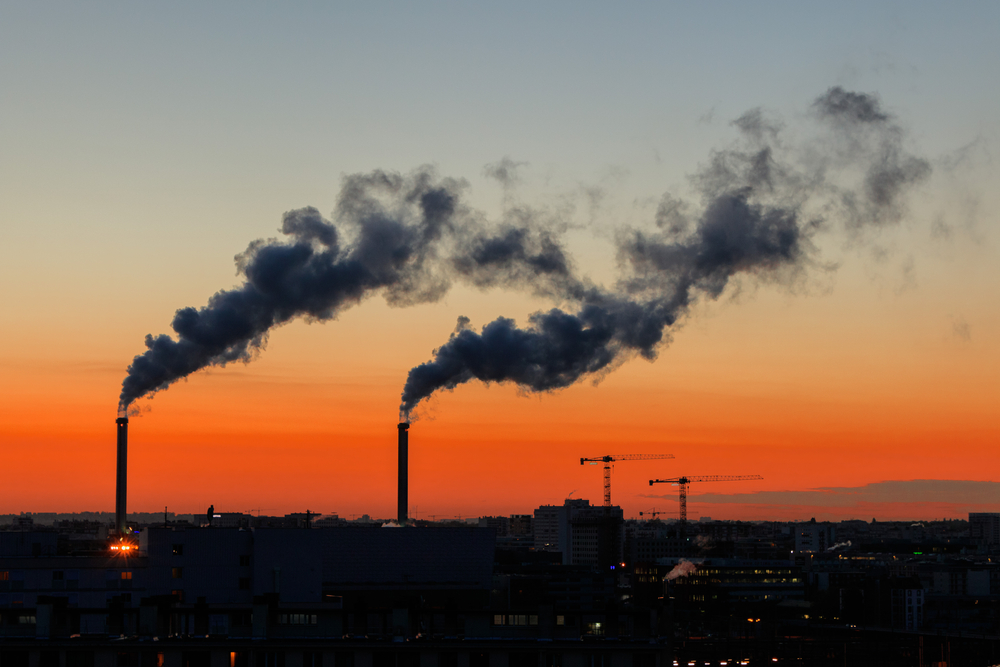Exposure to Traffic-Related Air Pollutants Linked to Disease Severity in PAH, UK Study Shows

Exposure to air pollutants may be linked to disease severity and other clinical outcomes in people with pulmonary arterial hypertension (PAH), a study shows.
The study, “Traffic exposures, air pollution and outcomes in pulmonary arterial hypertension: a UK cohort study analysis,” was published in the European Respiratory Journal.
“Enhanced exposure to multiple air pollutants, including nitrogen dioxide (NO2), sulfur dioxide (SO2) and fine particulate matter with an aerodynamic diameter [smaller than] 2.5 µm (PM2.5) have been described as independent risk factors for mortality and hospitalizations in the general population,” the researchers said.
Likewise, exposure to air pollutants, in particular PM2.5, has been linked to a series of medical conditions, including chronic obstructive pulmonary disease (COPD), pulmonary fibrosis (PF), and heart disease.
However, very few studies explored the possible relationship between exposure to air pollutants and PAH, a life-threatening disorder caused by a narrowing of the arteries in the lungs, leading to high blood pressure.
In this study, a team led by researchers from the University of Cambridge, in the U.K., set out to investigate if exposure to air pollutants — especially those associated with traffic, and those generated by chemical reactions between pollutants in the atmosphere — might be linked to disease severity and other clinical outcomes in people with PAH.
The team assessed patients’ direct exposure to PM2.5 and NO2 air pollutants, and looked at indirect measures of traffic-related air pollution, including the distance of the patients’ homes to the main road, and the total length of roads surrounding the patients’ residential area.
Join the PH forums: an online community especially for patients with pulmonary hypertension.
The study involved a total 301 patients with idiopathic or heritable PAH, who were recruited from the U.K. National Cohort Study of Idiopathic and Heritable PAH. That multicenter, prospective study was designed to assess the impact of genetic and environmental factors on the onset of PAH.
Results of the new study showed that people who had been exposed to higher levels of PM2.5 were 2.68 times more likely to succumb to their disease or need to undergo lung transplant.
In contrast, no associations were found between individuals’ exposure to NO2 or other traffic air pollutants, and patients’ survival.
Statistical analyses also found a significant correlation between indirect measures of traffic-related air pollution and patients’ pulmonary hemodynamic characteristics at baseline. Pulmonary hemodynamics studies how the body’s circulatory system ensures a constant blood flow and blood pressure to blood vessels in the lungs; it is often used as an indicator of PAH severity.
“In conclusion, traffic-related air pollution and PM2.5 exposure may be associated with disease severity and outcomes in PAH,” the researchers said, adding “however, our findings require validation and replication in a larger cohort to increase confidence in the reliability of these estimates.”
According to the team, the results obtained encourage “further investigations on air pollution exposure as a potentially removable risk factor influencing PAH incidence, severity, and outcomes.”







